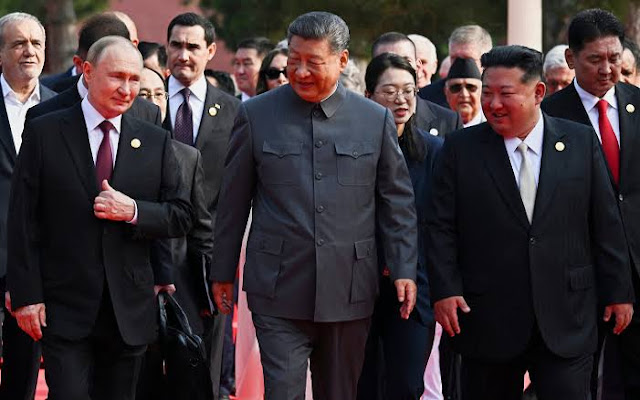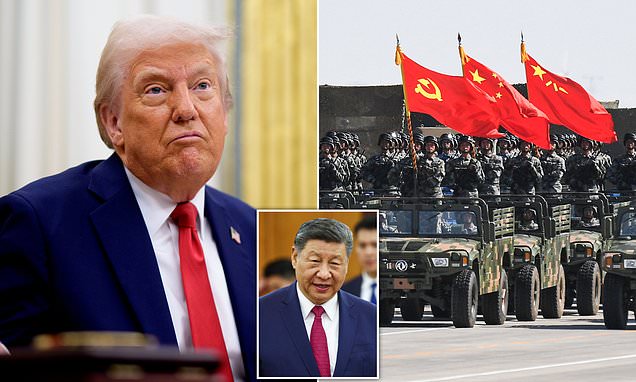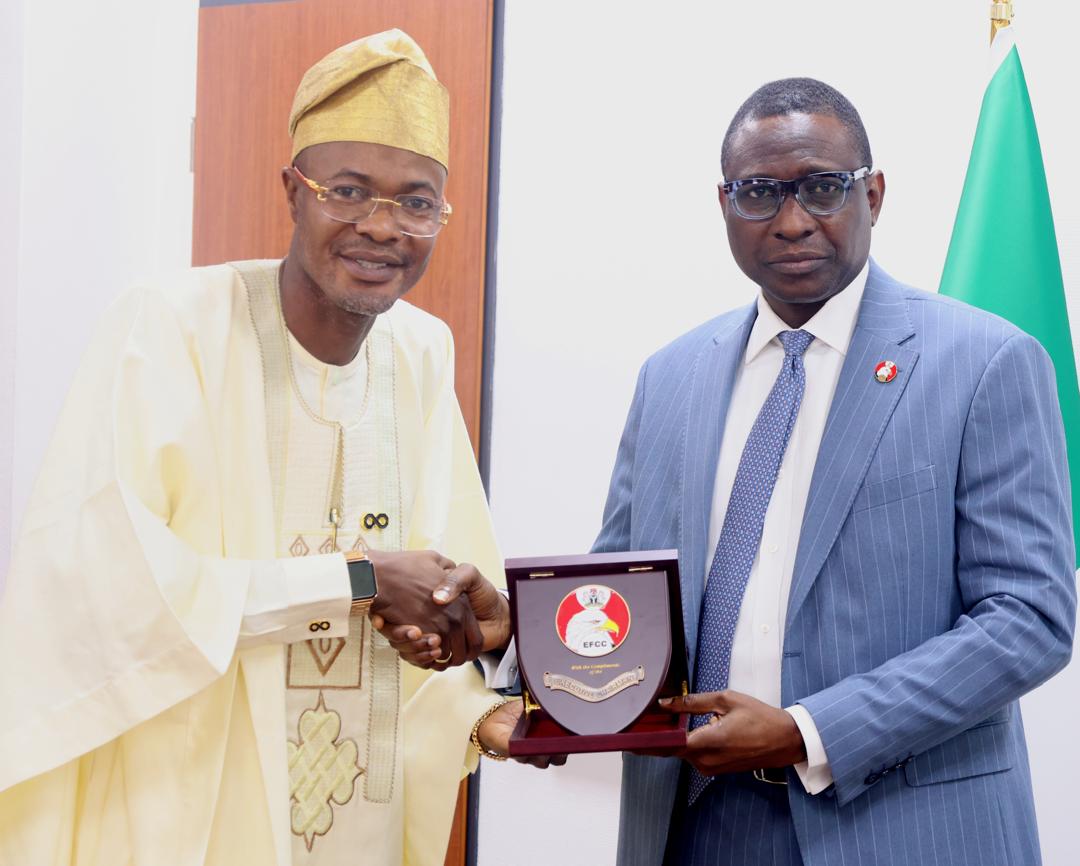On September 3, 2025, Beijing’s Tiananmen Square was transformed into a stage of military might and national pride as China held a grand parade to mark the 80th anniversary of the victory in the Chinese People’s War of Resistance Against Japanese Aggression and the World Anti-Fascist War. The event, presided over by President Xi Jinping, was a meticulously choreographed spectacle that showcased China’s military advancements, national unity, and its vision for a “rejuvenated” nation. The parade, one of the largest in recent years, underscored China’s growing global influence while serving as a reminder of its historical struggles and triumphs. This article delves into the significance of the event, its historical context, the military and technological displays, Xi Jinping’s address, and the broader geopolitical implications.
Historical Context: The War and Its Legacy
To fully appreciate the significance of the 2025 military parade, one must first understand the historical events it commemorated. The Chinese People’s War of Resistance Against Japanese Aggression, spanning from 1931 to 1945, was a pivotal chapter in China’s modern history. It began with Japan’s invasion of Manchuria in 1931 and escalated into a full-scale war by 1937, marked by brutal conflicts such as the Nanjing Massacre. The war was part of the broader World Anti-Fascist War, which included the global struggle against Axis powers during World War II. China’s resistance, led by both the Communist Party under Mao Zedong and the Nationalist government under Chiang Kai-shek, was a grueling effort that cost millions of Chinese lives—estimates suggest over 14 million deaths and tens of millions displaced.
The victory in 1945, when Japan surrendered to the Allied forces, was a turning point for China. It marked the end of a century of humiliation at the hands of foreign powers, from the Opium Wars to colonial concessions. For the Chinese Communist Party (CCP), the war also solidified its legitimacy as a force of national salvation, paving the way for its victory in the Chinese Civil War and the founding of the People’s Republic of China (PRC) in 1949. The 80th anniversary in 2025 was not just a commemoration of military triumph but a reaffirmation of the CCP’s narrative of resilience, unity, and national rejuvenation under its leadership.
The parade in 2025 was the latest in a series of events marking significant milestones in this history. Previous parades, such as the one in 2015 for the 70th anniversary, also emphasized China’s military strength and historical grievances, particularly regarding Japan’s wartime actions. However, the 2025 event took on added significance amid heightened global tensions, domestic challenges, and China’s evolving role as a superpower.
The Parade: A Spectacle of Military Might
The 2025 parade was a carefully orchestrated display of China’s military prowess, national pride, and technological advancements. Held in the heart of Beijing, Tiananmen Square was adorned with national flags, banners, and meticulous formations of soldiers, vehicles, and aircraft. The event began at 10 a.m. local time, with clear skies providing a perfect backdrop for the aerial displays and ground formations. An estimated 15,000 troops, hundreds of military vehicles, and dozens of aircraft participated, making it one of the largest parades in recent Chinese history.
Ground Formations and Military Hardware
The parade commenced with a ceremonial raising of the national flag, followed by a rendition of the national anthem. Rows of soldiers from the People’s Liberation Army (PLA) marched in precise formations, their synchronized steps echoing across the square. The ground display included elite units from the PLA’s ground forces, navy, air force, rocket force, and strategic support force, showcasing the diversity and modernization of China’s military.
Among the highlights were advanced military hardware, many of which were unveiled to the public for the first time. The parade featured the latest iterations of China’s main battle tanks, such as the Type 99A, known for its advanced armor and fire-control systems. Intercontinental ballistic missiles (ICBMs), including the DF-41, capable of reaching targets over 12,000 kilometers away, were prominently displayed, signaling China’s strategic reach. Hypersonic missiles, which travel at speeds exceeding five times the speed of sound and are difficult to intercept, were another focal point, reflecting China’s advancements in cutting-edge weaponry.
The parade also showcased unmanned systems, including drones and autonomous vehicles, highlighting the PLA’s integration of artificial intelligence and robotics into its arsenal. These technologies underscored China’s ambition to lead in next-generation warfare, where cyber capabilities and autonomous systems play a central role. The display of such advanced equipment was not only a message to domestic audiences about national strength but also a signal to the international community of China’s military capabilities.
Aerial Displays
The aerial component of the parade was equally impressive, with over 100 aircraft flying over Tiananmen Square in tight formations. Fighter jets, including the J-20 stealth fighter, roared overhead, leaving trails of colored smoke in the national colors of red and yellow. The J-20, China’s answer to advanced Western fighters like the F-22 and F-35, symbolized the PLA Air Force’s growing sophistication. Bombers, reconnaissance aircraft, and helicopters also participated, demonstrating the breadth of China’s air capabilities.
A notable moment was the appearance of a new generation of drones, including high-altitude, long-endurance models designed for surveillance and combat. These unmanned aerial vehicles (UAVs) are a testament to China’s investment in asymmetric warfare, where cost-effective technologies can challenge more expensive conventional systems. The aerial display concluded with a formation of aircraft spelling out “80” in the sky, a nod to the anniversary being celebrated.
Civilian and Veteran Participation
While the military was the centerpiece, the parade also included civilian and veteran contingents, emphasizing national unity and historical continuity. Veterans of the War of Resistance, many in their 90s, were honored guests, transported in open vehicles and greeted with applause from the crowd. Their presence was a poignant reminder of the sacrifices made during the war and the CCP’s role in leading the resistance.
Civilian groups, including representatives from various provinces, autonomous regions, and municipalities, marched in colorful formations, carrying banners that celebrated China’s diversity and unity. These groups included workers, students, and members of ethnic minorities, reflecting the CCP’s narrative of a harmonious, multi-ethnic nation. The inclusion of civilians also served to connect the historical victory to contemporary achievements, such as China’s economic growth and technological advancements.
Xi Jinping’s Address: A Vision for China’s Future
President Xi Jinping, dressed in a traditional Mao suit, delivered a keynote address from the rostrum overlooking Tiananmen Square. His speech was a blend of historical reflection, national pride, and a forward-looking vision for China’s role in the world. Xi emphasized the importance of remembering the sacrifices of the Chinese people during the war, calling it a “great victory” that demonstrated the nation’s resilience and unity.
Xi’s speech also addressed contemporary challenges, including economic uncertainties and geopolitical tensions. He reiterated the CCP’s commitment to national rejuvenation, a central theme of his leadership since taking office in 2012. “The Chinese nation has stood up, grown prosperous, and is becoming stronger,” Xi declared, echoing the rhetoric of his “Chinese Dream” initiative. He stressed that China’s development is peaceful but resolute, and that the country would never allow its sovereignty or interests to be violated.
A significant portion of Xi’s address focused on the PLA’s role in safeguarding national security and contributing to global peace. He highlighted recent reforms that have modernized the military, making it more agile and capable of addressing 21st-century threats. Xi also called for greater innovation in defense technologies, signaling China’s ambition to lead in areas like artificial intelligence, quantum computing, and space exploration.
On the international stage, Xi positioned China as a responsible global power, committed to multilateralism and cooperation. He referenced the World Anti-Fascist War to underscore China’s historical contributions to global stability and its ongoing role in promoting a “community with a shared future for mankind.” However, his remarks also carried a subtle warning to nations perceived as challenging China’s interests, particularly in the South China Sea, Taiwan, and along its borders.
Geopolitical Implications
The 2025 military parade was not just a domestic event but a carefully calibrated message to the world. At a time when China faces complex international challenges, including trade disputes, territorial tensions, and strategic competition with the United States, the parade served as a demonstration of strength and resolve. The display of advanced weaponry, particularly hypersonic missiles and ICBMs, was a clear signal to potential adversaries that China is prepared to defend its interests.
Relations with Japan
The parade’s historical focus on the War of Resistance Against Japanese Aggression inevitably brought attention to China’s complex relationship with Japan. While bilateral ties have improved in recent years, historical grievances remain a sensitive issue. Xi’s speech avoided direct references to Japan but emphasized the need to “learn from history” and prevent the resurgence of militarism. This rhetoric resonates with domestic audiences, for whom the war remains a potent symbol of national suffering and resilience.
Japanese leaders, aware of the parade’s significance, responded cautiously. Prime Minister Fumio Kishida (or his successor, depending on Japan’s political landscape in 2025) issued a statement reaffirming Japan’s commitment to peace and cooperation with China. However, the parade’s display of military might likely heightened concerns in Tokyo about China’s growing assertiveness in the Indo-Pacific region.
U.S.-China Dynamics
The parade also had implications for U.S.-China relations, which have been strained by issues such as trade tariffs, technology competition, and military posturing in the Pacific. The display of advanced weaponry, particularly systems designed to counter U.S. military advantages, such as stealth fighters and hypersonic missiles, was a reminder of China’s efforts to close the gap with the U.S. in military capabilities.
Analysts in Washington likely viewed the parade as both a symbolic and strategic move. The Biden administration (or its successor) has emphasized alliances like the Quad (U.S., Japan, India, Australia) and AUKUS (Australia, U.K., U.S.) to counter China’s influence. The parade may prompt further discussions among these allies about strengthening deterrence and coordination in the region.
Regional Reactions
Neighboring countries, particularly those with territorial disputes with China, such as India, Vietnam, and the Philippines, closely watched the parade. The display of naval assets and missiles capable of long-range strikes underscored China’s dominance in the South China Sea, where it has built and militarized artificial islands. These nations may respond by deepening their own military modernization efforts or seeking closer ties with the U.S. and other partners.
Taiwan, which China considers a part of its territory, was another key audience. The parade’s emphasis on national sovereignty and military strength was a subtle reminder of Beijing’s resolve regarding Taiwan. While Xi’s speech did not explicitly mention Taiwan, the display of advanced weaponry capable of projecting power across the Taiwan Strait was a clear message. Taipei likely interpreted the event as a continuation of China’s pressure campaign, prompting calls for increased defense spending and international support.
Domestic Significance
Domestically, the parade served multiple purposes. For the CCP, it was an opportunity to bolster national pride and reinforce its legitimacy. By linking the historical victory to contemporary achievements, the party sought to rally public support amid economic challenges, such as slowing growth and youth unemployment. The parade’s grandeur and media coverage, broadcast live across China, were designed to inspire patriotism and unity.
The event also highlighted Xi’s leadership. As the architect of China’s military modernization and the “Chinese Dream,” Xi used the parade to project strength and stability. His prominent role, from inspecting the troops to delivering the keynote address, reinforced his position as China’s paramount leader. The parade’s emphasis on innovation and technology also aligned with Xi’s vision of China as a global leader in science and industry.
Global Media and Public Reactions
The parade garnered significant attention from global media, with outlets analyzing its military, political, and symbolic dimensions. Western media, such as CNN and BBC, focused on the display of advanced weaponry and its implications for global security. Some outlets framed the event as a show of force amid tensions with the West, while others highlighted the historical context and China’s narrative of victimhood and triumph.
In China, state media outlets like Xinhua and CCTV provided extensive coverage, emphasizing the parade’s role in showcasing national strength and unity. Social media platforms, such as Weibo, buzzed with patriotic sentiments, with users posting images of the parade and praising the PLA’s discipline and technology. However, some online discussions, carefully moderated by authorities, reflected concerns about the cost of such events amid economic challenges.
Internationally, reactions varied. In Russia, a key partner of China, media outlets praised the parade as a symbol of anti-fascist solidarity, reflecting the two nations’ shared historical narratives. In contrast, some Western commentators expressed unease about China’s military buildup, viewing it as a challenge to the global order.
Broader Themes: Nationalism, Memory, and Power
The 2025 parade was more than a military spectacle; it was a manifestation of broader themes in China’s national identity. Nationalism, carefully cultivated by the CCP, was a central element. By commemorating the War of Resistance, the party reinforced a narrative of China as a nation that overcame immense suffering to achieve greatness. This narrative resonates deeply with a population that values stability and pride in the face of historical and contemporary challenges.
Memory played a crucial role. The parade was not just about celebrating victory but about shaping how history is remembered. By emphasizing the CCP’s role in the war, the event sidelined other historical actors, such as the Nationalists, and reinforced the party’s claim to leadership. This selective memory is a powerful tool for maintaining political legitimacy.
Power, both military and soft, was another key theme. The parade showcased China’s hard power through its military hardware, but it also projected soft power by presenting China as a responsible global actor committed to peace. The inclusion of foreign dignitaries, though limited compared to the 2015 parade, was a nod to China’s desire to be seen as a leader in global governance.
Conclusion
China’s military parade on September 3, 2025, was a multifaceted event that combined historical commemoration, military display, and geopolitical messaging. It celebrated the 80th anniversary of a defining moment in China’s history while showcasing the country’s transformation into a global superpower. For President Xi Jinping and the CCP, the parade was a moment to rally domestic support, project strength to the world, and reinforce China’s narrative of resilience and rejuvenation.
The event’s implications will reverberate in the months and years ahead. For China’s neighbors and global powers, the parade was a reminder of the PLA’s growing capabilities and Beijing’s assertive posture. For the Chinese people, it was a source of pride and a call to unite behind the CCP’s vision. As China navigates an increasingly complex global landscape, the 2025 parade will stand as a testament to its ambitions and the challenges it faces in achieving them.









